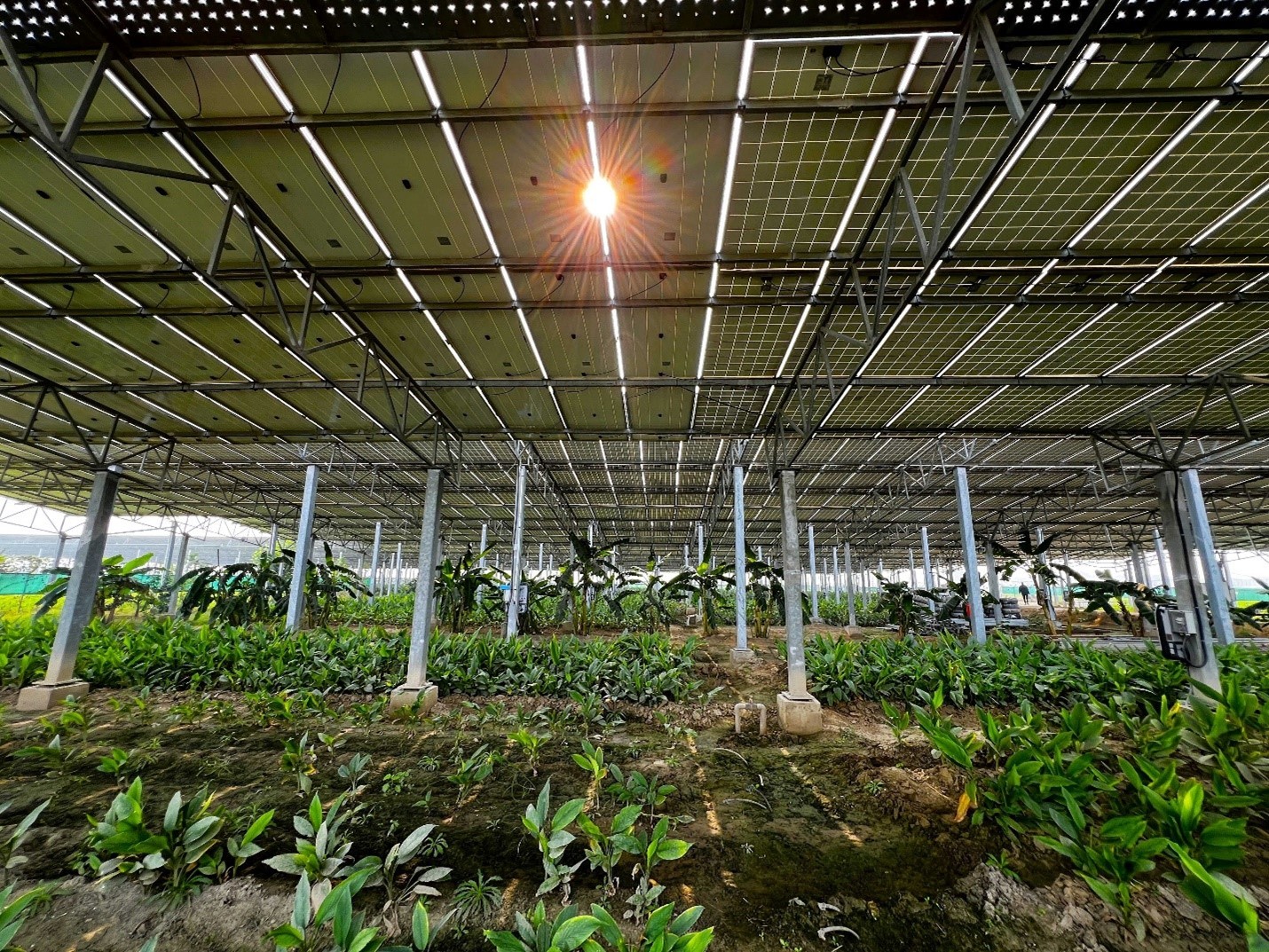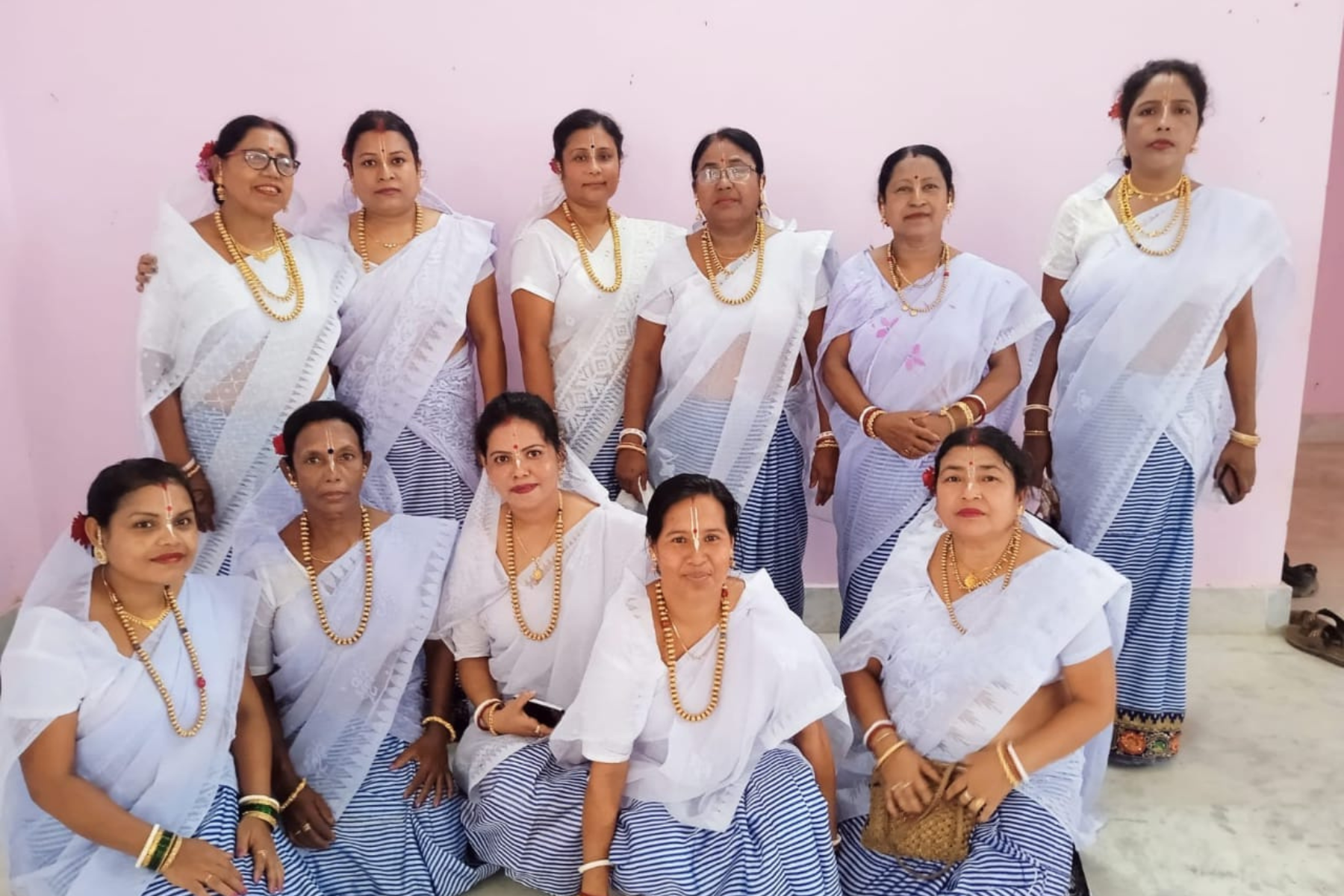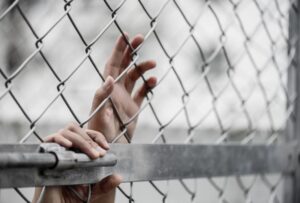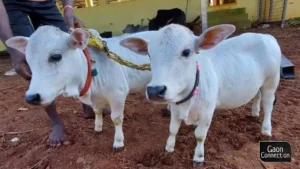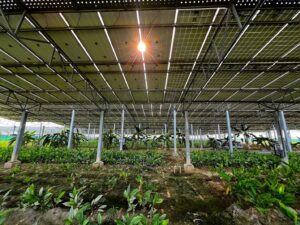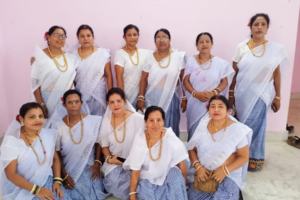The coronavirus pandemic has introduced us to a new way of life which not just demands us to be extremely cautious of hygiene, but has laid down the strict rule of maintaining ‘physical distancing’. Words like quarantine, home-quarantine, and isolation are now being heard in the conversations happening in the remotest of the villages in India.
The forced reverse-migration has brought home these concepts where returning individuals have to spend 14-days in quarantine or in self-isolation as per the government orders. In a country like ours, with the world’s largest rural population, and around 260 million rural poor residing in its villages, having a separate room for spending 14-days is a luxury only a few can afford. Then, what was the basis of the nationwide lockdown that demanded the poor and the rich, the urban and the rural to behave, by law, in a similar way?
In Rampur Babuan village of Sultanpur district in Uttar Pradesh, people are still unable to comprehend the purpose of the lockdown. “It felt as if our administration copied steps followed by the other countries and imposed them upon us. No one factored in the culturally, geographically, socially and economically diverse aspects of our villages. The haste with which the decisions have been taken reveals the concerns of the government towards its rural poor,” said twenty-five-year-old Sandeep Kumar, a resident of the village.
Villagers are evidently upset with the way the administration has treated them in the past few months. Vimla Singh (name changed), an Anganwadi worker, who was given the task of making villagers aware of the hand-washing and sanitising techniques to avoid the virus, said: “People do not trust us and behave irrationally with us. They think that we are not giving them the relief money the government has announced and instead we are wasting their time by telling them how should they wash their hands.”
It is worth pondering that in a country, where more than 36 crore Indians still can’t afford three square meals a day, how can the government ask people to prioritise handwashing over their empty stomach?
The second aspect the government did not consider while imposing the lockdown was that the villagers have a different lifestyle and they survive on the shared social and cultural practices. There are houses in this village where two bricks are left loose in the wall shared with the adjoining houses. This wall then becomes the exchange point for several things – milk, yogurt, vegetables, matchboxes and even emotions.
Thirty-eight-year-old Geeta Devi, a resident of the Rampur Babuan village believes that the lockdown had nearly failed in the village as the rural system cannot operate with the imposed precautions. “It was successful maybe for a day or two. People followed the basics, but then they had to step out to go to their fields. Animals needed to be taken to the pond so that they could drink water,” she said.
She also shed light on the concept of shared resources like water tanks, hand pumps, and wells in the village. “In our village, five families consisting of 7-8 members each have been allotted one handpump. Everyone in these five families uses the same handpump for different purposes. Now, if anyone in these families is infected with the virus and contaminates the tap, how can the virus be contained?” asked Geeta Devi, who is of the opinion that to explain the disease and the precautions to the villagers, one must understand their way of life – the ground realities.
The lockdown not just disturbed the lives of those who were already residing in the village, but also of those who endured great sufferings to return to their houses. While talking to some of the young labourers who have just returned to the village, a very strong sense of dismay and hopelessness was felt … “Will you be able to get us some money by writing about us? Shall we give you our Aadhar card? What is the scheme and from where will we get the form?” How is a reporter supposed to answer such questions?
With the lifting of the lockdown, life has started coming back on track, but the virus is still very much present — the deadly virus of corona and poverty. While planning the next steps, the policymakers must prioritise the damages incurred by the poorest of the poor due to the lockdown.
This article has been sourced from Charkha Features.
(Views are personal)



